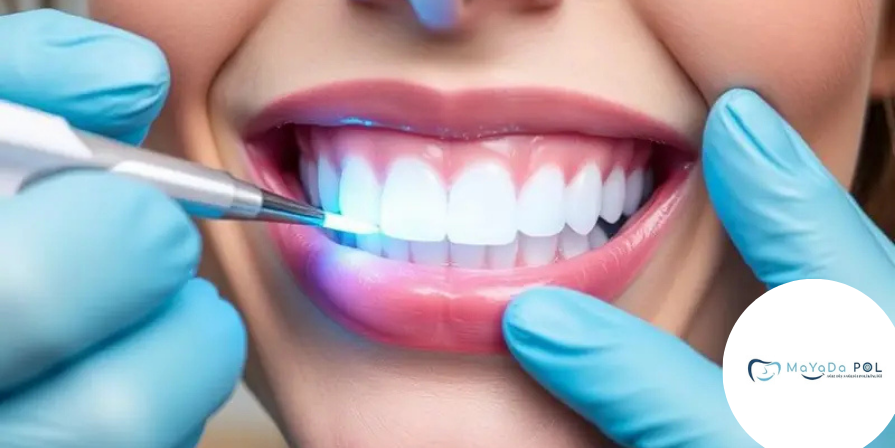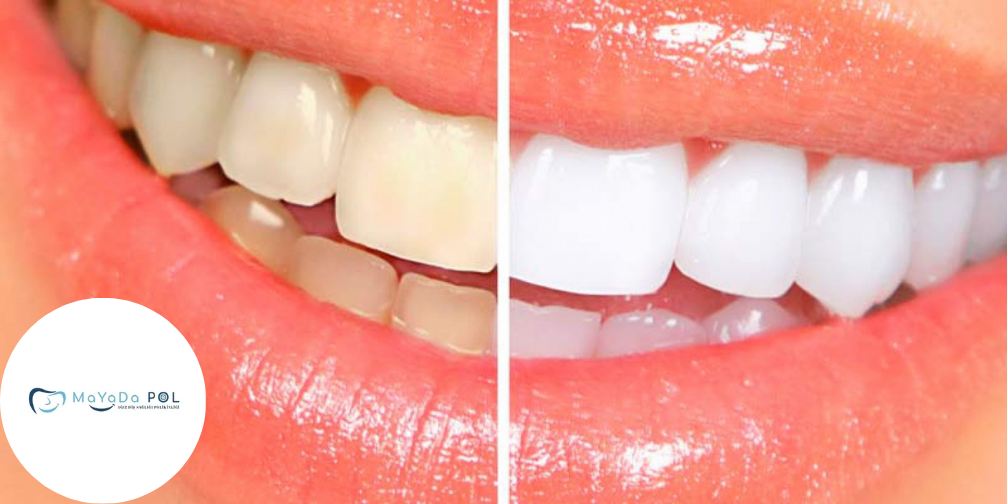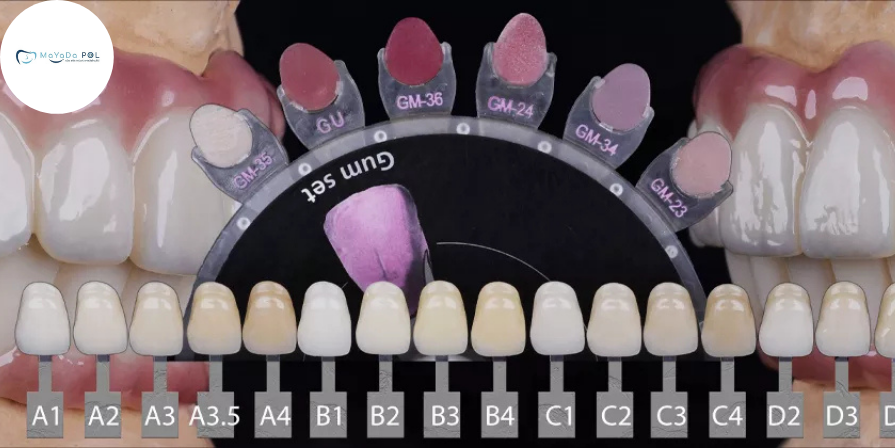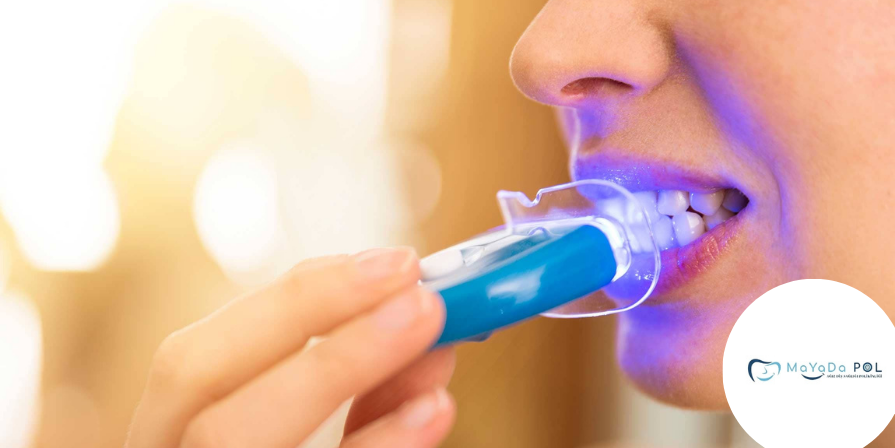Teeth Whitening Methods
1. In-Office Whitening
-
Where: Performed in the dental clinic
-
Duration: About 40–60 minutes
-
Method: Gums are protected with a barrier. A whitening gel is applied to the teeth and activated with a special LED or laser light.
-
Sessions: Usually one session is enough; can be repeated after 2–3 days if needed.
-
Pros: Fast results, safe under professional supervision
-
Cons: May cause temporary sensitivity. Not recommended for smokers.
2. At-Home Whitening
-
Where: Applied by the patient at home
-
Duration: 1–2 hours per day, for 7–10 days
-
Method: Custom-made trays (prepared by the dentist) are filled with a low-concentration whitening gel.
-
Sessions: Daily use as directed by the dentist
-
Pros: Gentler on teeth, less sensitivity
-
Cons: Takes longer to see results. Requires discipline and regular use
Post-Whitening Diet and Instructions
For the first 48–72 hours after whitening, your teeth are more vulnerable to staining. Please follow these dietary restrictions:
❌ Foods and Drinks to Avoid:
-
Tea, coffee, cola, red wine
-
Colored fruit juices (e.g., cherry, pomegranate, grape)
-
Ketchup, soy sauce, tomato-based dishes
-
Chocolate, caramel, colored candies
-
Dark-colored vegetables like spinach, beetroot, carrots
-
Smoking and tobacco products
✅ Safe Foods to Eat:
-
Water
-
Milk, plain yogurt
-
White cheese
-
Boiled potatoes, white rice, plain pasta
-
Chicken or fish (not fried, no sauces)
-
Egg whites
Additional Instructions:
-
Avoid smoking for at least 3 days.
-
Stay away from extremely hot or cold foods.
-
Brush your teeth at least twice daily with a soft-bristled toothbrush.
-
Avoid using colored lip products (lipsticks, tinted balms).





